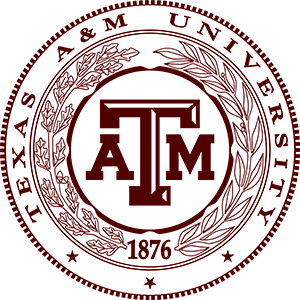Isolation of Sequencing Grade Plasmid DNA from Bacteria Theory
Highly purified plasmid DNA from Escherichia coli are required to obtain reliable sequencing results. This purification is based on the differential denaturation of chromosomal and plasmid DNA.
Lysis solution containing sodium dodecyl sulfate (SDS) and sodium hydroxide denatures both chromosomal and plasmid DNA in bacterial culture. Neutralization with potassium acetate allows only plasmid DNA to reanneal and stay solubilized. Most of the chromosomal DNA and proteins precipitate in a complex formed with potassium and SDS.
Isolation of Sequencing Grade Plasmid DNA from Bacteria Principle
In Sequencing Grade plasmid DNA isolation experiment, Cells are subjected to SDS/alkaline lysis, to break down the c cell wall and extract DNA into the solution. The resulting lysate is neutralized and then centrifuged to pellet out cell debris and the SDS precipitate. The lysate containing the plasmid DNA is applied to the spin column containing the silica membrane, upon which the plasmid DNA will bind. After washing of the silica membrane to remove any contaminants, the plasmid DNA is eluted in a small volume of buffer.



















